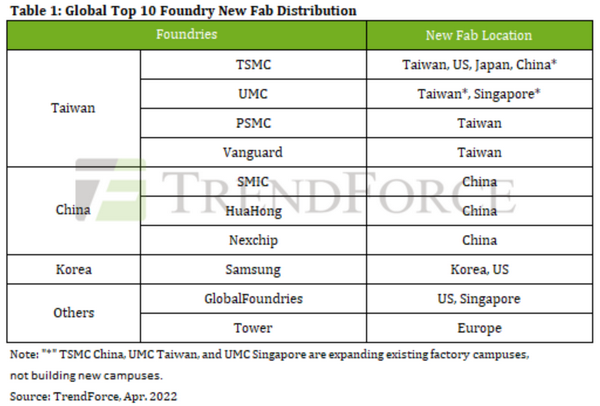
Advances are reported in developing patterning and etch processes, in screening new resist and underlayer materials, in improving metrology and in photomask technology.
“Imec is partnering with ASML on High-NA technology as ASML is building its first prototype 0.55NA EUV lithography scanner EXE:5000,” says Luc Van den Hove CEO of Imec (pictured), “High-NA EUV lithography is projected to print the most critical features needed for beyond 2nm logic chips with fewer patterning steps compared to current 0.33NA EUV lithography. It is our role, in tight collaboration with the global patterning ecosystem, to ensure timely availability of advanced resist materials, photomasks, metrology techniques, (anamorphic) imaging strategies, and patterning techniques – to fully benefit from the resolution gain offered by the High-NA EUV lithography scanner. At this year’s SPIE Advanced Lithography Conference, we have 12 contributions in the realm of High-NA EUV lithography, showing that we are well on track to prepare for ecosystem readiness.”
Processes and material optimization for reduced pattern roughness and defectivity
In anticipation of the first High-NA EUV prototyping system, Imec iscpushing the resolution capability of current 0.33NA EUV patterning technologies to predict the performance of thinner resists for printing fine line/spaces and contact holes.
In addition to pattern collapse, imec identifies line-edge roughness (LER) as one of the most critical parameters for patterning lines/spaces with thin resist films, and proposes strategies for mitigating pattern roughness (e.g., by tuning illumination and mask conditions).
In addition, imec and its material suppliers present the results of screening new resist materials (such as metal-oxide resists) and underlayers with promising pattern transfer capabilities under High-NA conditions.
They also propose dedicated patterning and etch schemes aimed at reducing defectivity and stochastic printing failures. (Papers n° 12051-7; 12055-4; 12056-28)
Tailoring the metrology to cope with thin resist films and small feature sizes at high throughput
The transition to smaller feature sizes (e.g., 10nm wide lines) and thinner resist films (20nm and below) challenges the metrology in two significant ways. First, metrologists need to cope with a strongly reduced image contrast of CD-SEM tools.
Second, the need to image features even smaller than 10nm (taking into account overlay performance, LER and stochastic printing failures) requires metrology tools with improved resolution.
Kurt Ronse, Program Director Advanced Patterning at Imec, says: “Imec and its partners take several directions to address these challenges. They show that image contrast can be significantly improved by tweaking the operation conditions of existing metrology tools. Image analysis and defect classification are further enhanced by dedicated software, supported by deep learning frameworks (such as deep learning based de-noising). Finally, in close collaboration with its metrology suppliers, imec explores alternative metrology techniques for reliably measuring small features, such as high-throughput scanning probe metrology and low-voltage aberration corrected SEM.” (Papers n° 12053-2; 12053-3; 12053-5; 12053-22; 12053-43; 12053-64)
Addressing High-NA EUV mask specific challenges
Imec has simulated the impact of EUV mask deficiencies (more specifically, mask multilayer ripple and absorber line-edge roughness) upon imaging 22nm pitch lines/spaces.
“From this study, it becomes clear that mask imperfections are increasingly impacting the final wafer pattern, indicating that Mask Design Rules need to become tighter,” adds Kurt Ronse. “These findings allow us to identify mask specifications for high-NA EUV lithography. In addition, together with ASML and our material suppliers, we explore novel materials and architectures for the mask absorber, which carries the pattern. In this context, we have for the first time performed exposures to evaluate the impact of using low-n attenuated phase shift masks on imaging both via layers and lines/spaces. Masks with low-n absorber materials as an alternative to currently used Ta-based blanks are shown to improve the mask 3D effects on the wafer, and thus help to increase the high-NA depth of focus.” (Papers n° 12051-37; 12051-51; 12051-56)







